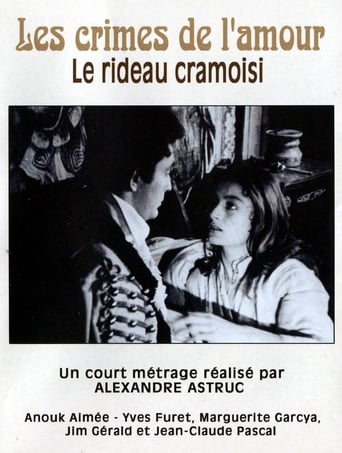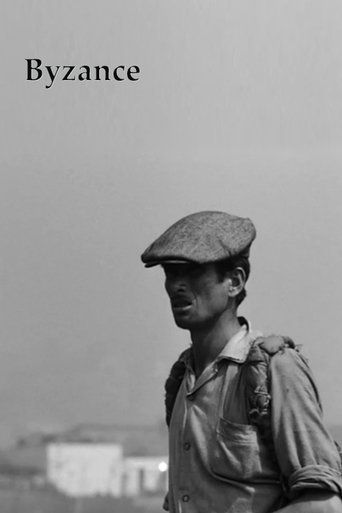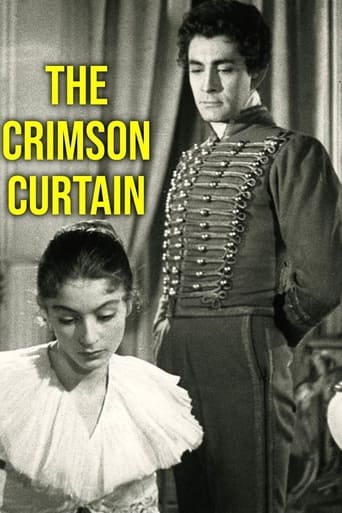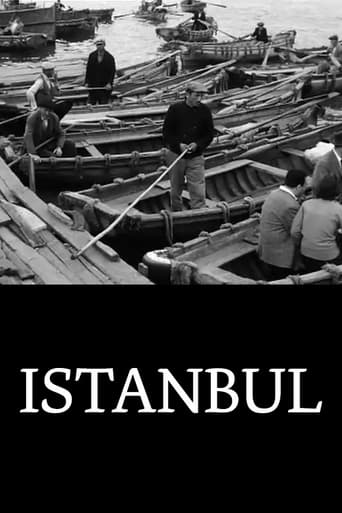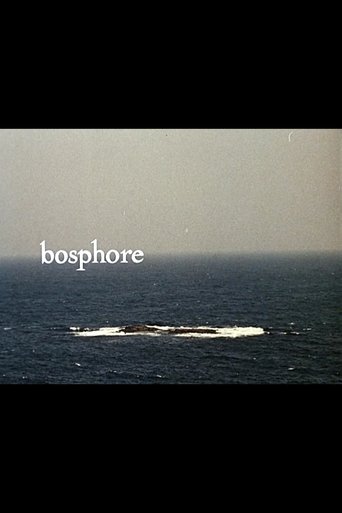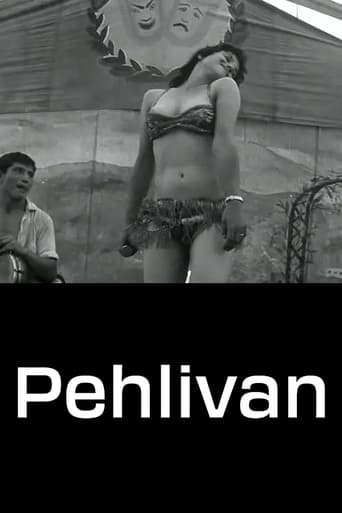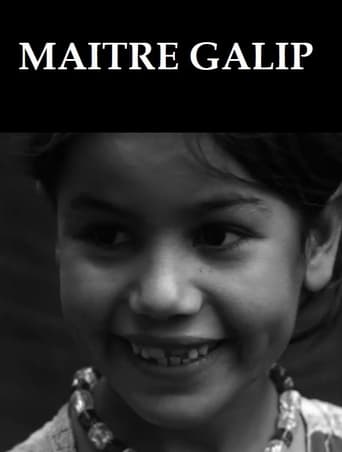Les Crimes de l'amour 1953
Two adaptations. First, "Le Rideau cramoisi" by Jules-Amédée Barbey d'Aurevilly is about a young second lieutenant of hussars, garrisoned in the provinces, who evokes a strange adventure. Staying with an old couple, he acts as acquaintance with Albertine, the daughter of his hosts, fell in love with her and, after paying her assiduous courtship, made her his mistress. But one night, she died in his arms. He tried in vain to get rid of the corpse and ended up run away. Second, "Mina de Vanghel" by Stendhal is about Mina, a young German, who came to settle in France with her mother in 1820. Her father, a deceased Prussian general, left her a immense fortune. Courted, she falls in love with Monsieur de Ruppert, a ruined man whose castle her mother bought. But Mina does not take long to unmask the dowry hunter.
